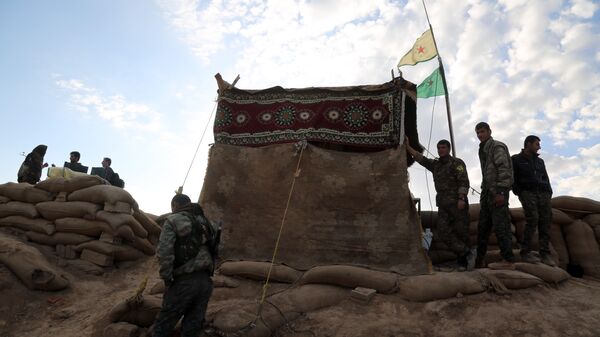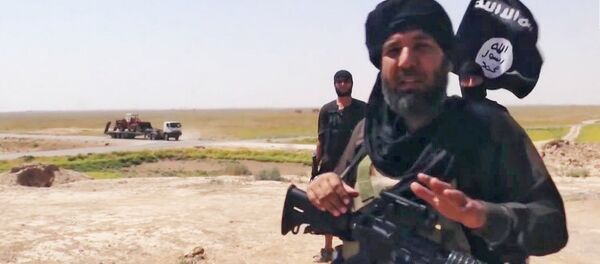The journalists found fortified underground structures in every house they visited.
The militants, the crew said, gained access to different fortifications depending on their rank. Seasoned fighters could hide in well-protected underground bunkers, while new recruits were hiding in less secure facilities.
"This is one of [Daesh's] fortifications," a member of the Syrian Democratic Forces (SDF) told the television channel. "This is one of the rooms where they used to hide. They didn't sleep in the houses, they slept here."
Daesh used the same tactic in other cities that it seized. Last December, Peshmerga fighters discovered more than 70 tunnels in the Yazidi town of Sinjar. The militants used the tunnels to hide from air strikes and get around the city undetected. The passageways also served as escape routes.
In February, Daesh fled al-Shaddadi, leaving a treasure trove of documents, including folders on fighters and detailed invoices, offering a rare glimpse into the day-to-day life and business dealings of Daesh.
The files, uncovered by RT, confirmed that Turkey was buying oil from Daesh and that militant fighters entered Syria from Turkey.



